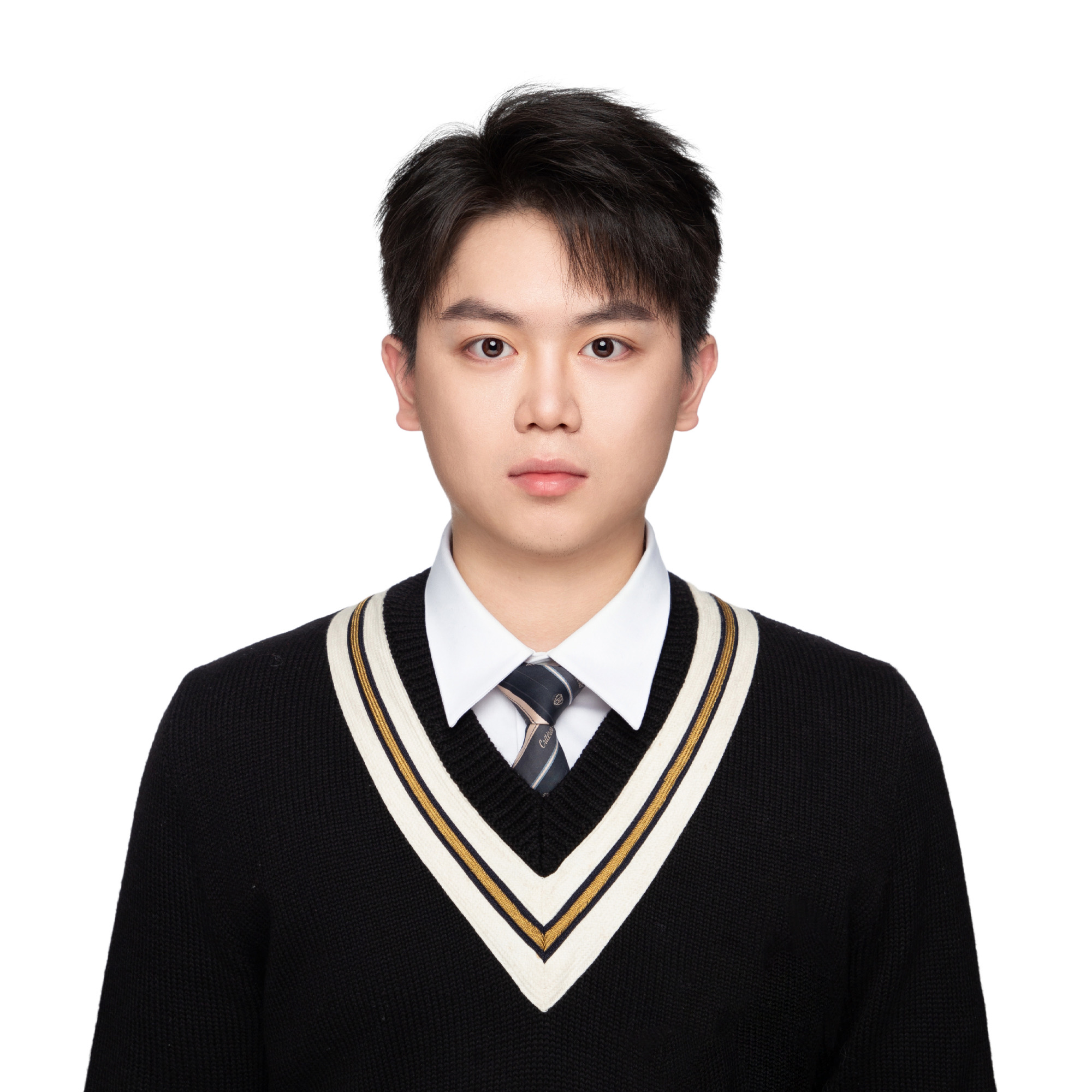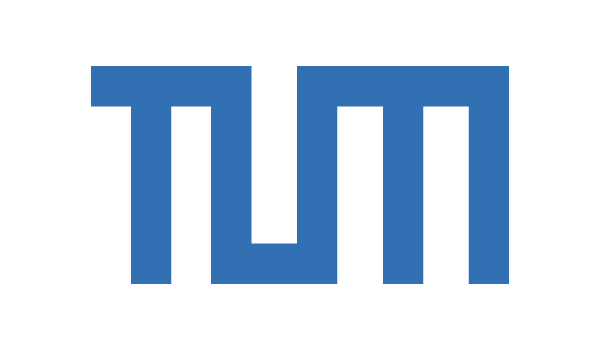Doctoral Candidate – no. 4
Zhengxing Zhu
I’m a renewable energy engineer specializing in optimizing wind farms, where I balance technical innovation with real-world constraints to maximize energy output while minimizing costs and environmental impacts.

Digital wind park co-design
Scope and Objectives
Wind farm control has emerged as a key new technology for improving yield and managing lifetime. However, beyond power and loads, wind farm control has the potential to reach additional goals.
This ESR project aims at expanding the applicability of wind farm control to reduce the environmental footprint of a wind plant. This is obtained by including AI-enabled wind farm control directly in the park layout optimization. Using this approach, wind farm control is not used as a retrofit option but is embedded directly in the park design.
This concept is called co-design, i.e. simultaneous design of layout and digital controls. This project will explore co-design for the reduction of the surface area of the park, to reduce land occupation, satisfy exclusion zones due to environmental constraints (protected areas, wildlife habitat, distance from inhabited areas, etc.). Co-design will be implemented as a large-scale constrained optimization problem, using as design variables the turbine positions and their setpoints according to ambient conditions.
Setpoints will be computed based on an AI-enabled farm flow model, using wake steering (possibly in conjunction with induction control, for very close spacings). The new capability will be showcased by redesigning existing wind parks. Onshore parks with multiple complex constraints (complex terrain, proximity to villages/protected areas/forests/etc.) will be particularly considered.
The characteristics of the new designs will be compared to the existing ones, using various quantitative metrics that capture economic and environmental aspects (LCOE, balance of cost, power density, overall occupied surface area).
Expected Results
The fellow will develop a co-design framework, to simultaneously define the park layout and its park-level control laws.
The framework will be applied to the redesign of existing parks, quantifying the benefits that are generated by the new co-design approach.
It is expected that it will be possible to design denser parks for similar LCOE, which -depending on cases- might imply a smaller occupied area for similar installed capacity, or a higher capacity for similar occupied area.
The fellow will acquire a broad knowledge on AI, large-scale optimisation, digital controls, flow modeling, wind park design.
Planned secondments
Two secondments (3 months). Academic at DTU (Dr. Ju Feng M24-M26) for work on large-scale optimisation for wind park co-design. Industrial at ENGIE Laborelec (Ariane Frere M35-M37) building on ENGIE’s experience on wind park development for assessing how co-design can help reduce land occupation satisfying boundary constraints, reducing the park footprint.
Doctoral Candidate – no. 4
Develop your career
Don’t miss this opportunity to pursue your passion and make a meaningful contribution
Doctoral Candidate
Zhengxing Zhu
- zhengxing.zhu@tum.de
Supervisor
Prof. Carlo L. Bottasso
- carlo.bottasso@tum.de

TUM
